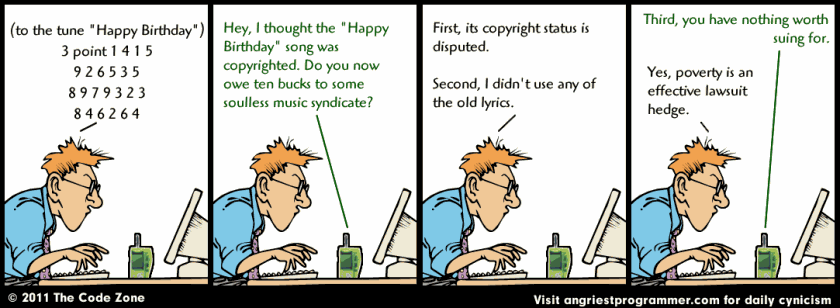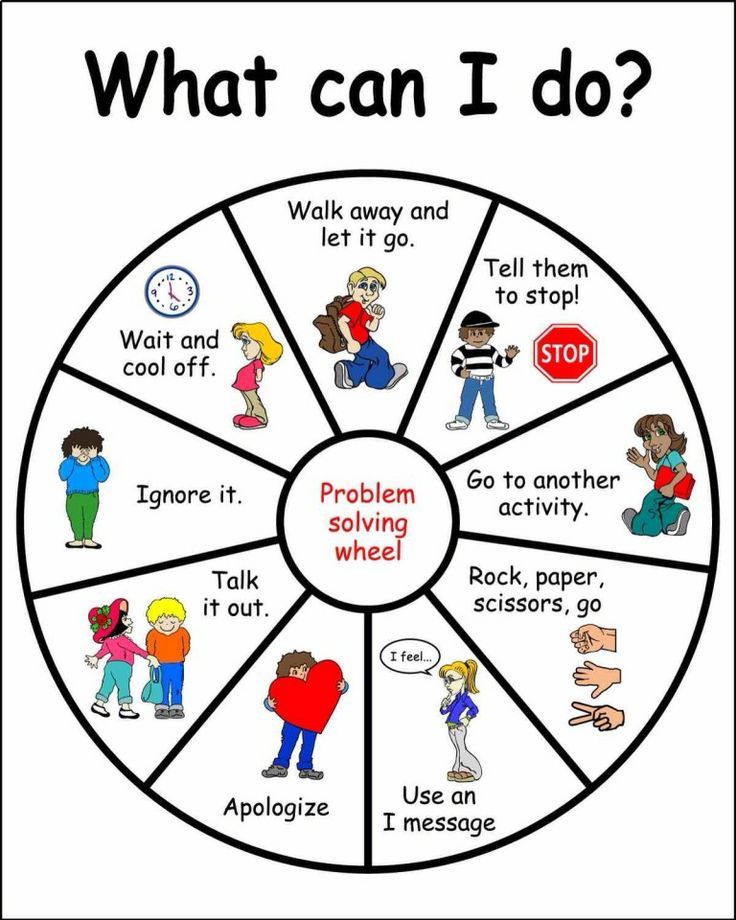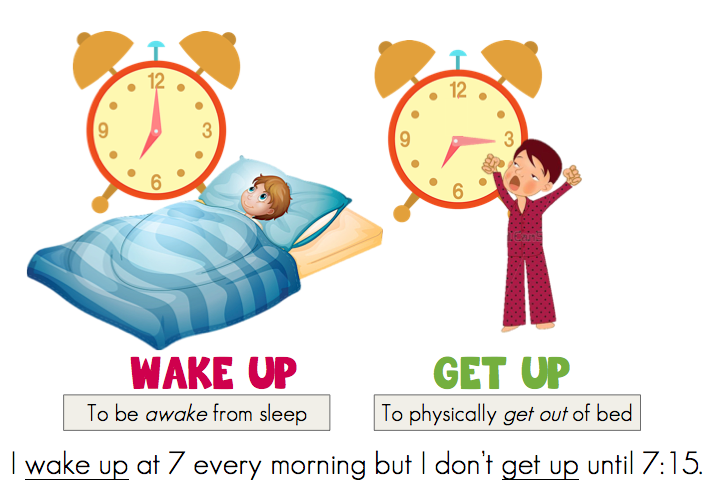Final counseling session
Finishing Counseling: How To and Why a Termination Session is Important
Posted on by Sharon KocinaJuly 15, 2019
A couple with whom I have been working just finished therapy. It’s almost always bittersweet to finish therapy with a client, but it is the icing on the cake. When a client is willing, it is important to do what is called a termination session. We did that today. It can be hard, but it’s important.
Throughout this blog post, I will use the term “termination” but “closure” is also an appropriate term.
What is a Termination Session?
A Termination Session is the last session at the end of a course of therapy. In general, the following issues are discussed:
- How does s/he or they feel about finishing therapy
- Goal assessment
- What did the client learn; how did s/he or they heal
- Challenges s/he or they still face
- How will s/he or they handle similar issues in the future
- Resources (including the therapist)
- Feedback for the therapist (what was helpful and what would have helped)
- What the therapist learned from the client; client’s strengths
Why is a Termination Session Important?
ClosureIt’s purpose is to provide closure. Why is closure important? Many clients lack closure in previous relationships and situations. We can teach them what it is like to wrap things up well. To look at what was accomplished is very important. In sessions with clients, we look at the goals, where we started in relation to those goals, periodic status updates, and then where we finished. It helps both client and therapist to see the progress that was made and changes the client made in his/her life.
It is common for the client to still face challenges in his/her life. Acknowledging what these are and highlighting the tools they have learned helps to see progress. We also talk about the resources the client has to face challenges in the future. The client often feels empowered.
FeedbackFor the therapist, feedback provides an invaluable source of self evaluation. It helps you improve, but it also helps you realize what you did well. As therapists we so seldom get feedback either way unless we actively solicit feedback. If you solicit feedback from a client, you need to be open to hearing both the good and the bad. Realize that most feedback is constructive and remain positive. They have been vulnerable in providing you feedback so be sure to thank them!
If you solicit feedback from a client, you need to be open to hearing both the good and the bad. Realize that most feedback is constructive and remain positive. They have been vulnerable in providing you feedback so be sure to thank them!
Why Doesn’t a Termination Session Happen and What to Do About It?
It can be difficult to have clients show up for the final session. Many clients schedule and either cancel or just don’t show up.
Why do people not want to do termination sessions:- They feel rejected by the therapist
- It brings up feelings of situations that didn’t have closure in the past
- They think they are done and don’t want to pay for another session
- They don’t want to or never learned how to say goodbye
- Fear of losing a support person
- They don’t want to end the relationship
- Clients may be afraid of critiquing the therapist
- Discuss the fact that many clients don’t want to come to a termination session and talk about it
- Talk about what will be discussed in the final session so clients know what to expect
- Explore the specific benefits of a termination session
- Perhaps use a different word other than “termination” such as “closure” or “final” session
As a licensed therapist of over 20 years, I provide clinical supervision for therapists seeking LPC and LMFT licensure. I can help you develop the practice you desire and explore a variety of tools within your therapeutic frame.
I can help you develop the practice you desire and explore a variety of tools within your therapeutic frame.
Posted in Clinical Supervision, General Information About Counseling permalink
Successful Therapy Termination (Guide) | Therapist Aid
The end of therapy can be a positive experience with a long-lasting impact on both the client and therapist. When successful, termination is an opportunity for closure. Together, the client and therapist take a step back and look at the personal growth that has slowly unfolded over the course of treatment—growth that may have gone unnoticed, had attention not been called to it.
In reality, termination starts long before the end of therapy. In the very first sessions, the therapist will begin to lay the groundwork for termination by setting clear therapeutic goals and describing therapy as a time-limited process.
As the therapeutic relationship comes closer to an end, termination will be discussed more frequently. The therapist will highlight the growth made by the client, and help them create a plan to handle future problems.
In this guide, we outline a successful termination in two parts. “Laying the Groundwork for Termination” describes the role that termination plays throughout therapy. “The Termination Process” discusses the final sessions of therapy, when termination comes to the forefront of the conversation.
Laying the Groundwork for Termination
Prepare clients for termination from the start.
Begin laying the groundwork for successful termination from the very first session by describing therapy as a time-limited process. This means that therapy will not go on forever. The client’s goal is to develop the tools or make changes that allow them to lead a healthy life without therapy. This sets the expectation from the start that termination is a positive goal.
It is also helpful to set a rough timeline for treatment. Doing so reinforces the idea that treatment is time-limited. Of course, it’s impossible to know exactly how long a client will be in therapy, but it’s helpful for clients to have an idea of what to expect. Estimates can be based on therapeutic experience or suggestions from manualized treatments.
Set therapeutic goals to mark a “finish line” for therapy.
Treatment plans help guide therapy by outlining the client’s goals and objectives. Without such goals, therapy can become aimless as new problems arise each week, causing therapy to continue indefinitely. Goals create a clear “finish line” for therapy and give each session direction.
Collaborate with the client to establish specific, achievable, and measurable treatment goals. Create a copy of the treatment plan for your records and for the client to keep. Refer to the plan regularly to make sure therapy is on track and to reemphasize the structured nature of therapy. Remember that goals are not set in stone--they should be revised as needed to ensure they’re still relevant and attainable.
Remember that goals are not set in stone--they should be revised as needed to ensure they’re still relevant and attainable.
Tip: When a client has a new “fire” to put out each week, it can be difficult getting to treatment goals. If this becomes a distraction, make an agreement with the client to talk about that week’s problem for the first 10-15 minutes of each session. Afterwards, move on to the broader treatment goals.
The Termination Process
As the client’s time in therapy draws to a close, termination becomes the focus of sessions. Termination is a time to review the client’s achievements and reinforce plans for maintaining good mental health. The information below will help you facilitate a smooth and successful termination process.
Gauge readiness for termination.
Generally, therapy is completed when a client has achieved the goals outlined in their treatment plan. However, this decision is a matter of professional judgment. When therapeutic goals are nearing completion, discuss the client’s readiness to terminate and their feelings--whether positive, negative, or ambivalent--related to ending therapy.
When therapeutic goals are nearing completion, discuss the client’s readiness to terminate and their feelings--whether positive, negative, or ambivalent--related to ending therapy.
Sometimes, clients feel content with the progress they have made, and express that they are ready to end therapy. They may ask how much longer they need to be in therapy or how many sessions they have left. Other times, clients will offer subtle cues to their being ready for termination. These might include prioritizing other things over therapy, cancelling sessions, or not completing homework. Discuss whether these behaviors mean the client is avoiding working in therapy, or whether they are ready for termination but hesitant to say so.
If the clinician agrees with the client’s readiness for termination, this is an opportunity to begin collaborating on closure. If the clinician has concerns about the client’s readiness, this is an opportunity to discuss those concerns.
Some clients may be reluctant to end therapy. They might enjoy the routine of coming to regular sessions, or worry they won’t be able to maintain their achievements on their own. Explore the client’s reluctance and what can be done to help them feel ready for termination. In these cases, it’s often appropriate to use a “fading out” approach, where the frequency of sessions is gradually reduced.
They might enjoy the routine of coming to regular sessions, or worry they won’t be able to maintain their achievements on their own. Explore the client’s reluctance and what can be done to help them feel ready for termination. In these cases, it’s often appropriate to use a “fading out” approach, where the frequency of sessions is gradually reduced.
Note: Sometimes it is appropriate to end a therapeutic relationship and refer the client to a provider who is better suited to their needs. This should happen when:
- The client’s issues are outside the scope of the clinician’s areas of competency.
- Interpersonal differences between the clinician and client cannot be overcome.
- The client has been in treatment for a considerable amount of time and has shown no progress or a worsening of symptoms.
Review gains made in treatment.
Sometimes the positive changes that are fostered during therapy happen so gradually that they go unnoticed. Reviewing a client’s progress throughout treatment--and particularly at termination--will highlight these positive changes.
Reviewing a client’s progress throughout treatment--and particularly at termination--will highlight these positive changes.
As a therapist, you might see positive changes in the client that they have yet to notice. When you compare the first few sessions to the most recent sessions, look for changes in the following areas:
- More positive body language
- Decreased symptom severity
- Improved relationships
- Positive outlook on the future
- Improved functioning at home, work, or school
Point out these improvements by sharing specific changes you’ve seen in the client. For example:
Example: "During your first sessions, it was terrifying for you to talk about your trauma. When you tried, your body shook, and you would try to change the subject. Now you’re able to tell the story almost matter-of-factly, without a single tear. Even though you still have painful feelings about the situation, and you still have some difficult moments, you have come a long way. "
"
Regular assessments are another tool for highlighting positive change. Choose an assessment that fits with a client's presenting issue, and ask that they complete it regularly. Over time, these assessments will begin to show trends in the client’s mood and functioning.
As therapy nears its end, these assessments will allow a client to clearly view their improvements, based upon their own self-report. If it makes sense for the particular assessment, the therapist may graph the results to further highlight the trends.
Wellness Assessment
worksheet
Finally, ask your client to review the changes they have noticed. Have they noticed improvements in their lives outside of therapy? What has been noticeably helpful? Below are some questions to begin exploring:
- Of what we’ve done so far, what has been the most meaningful or valuable to you?
- What have you learned or accomplished?
- What positive changes have you noticed in your life?
- How will you continue to use what you have learned?
- What do you want to remember from therapy?
- How do you think you will look back on our work?
Create a mental health maintenance plan.

Many issues that bring clients to therapy have a high risk of relapse and require ongoing maintenance. Because of this, it is important that clients have a plan for dealing with a recurrence of their presenting problem. Depending on the issue, this might mean returning to therapy.
A mental health maintenance plan helps clients recognize ongoing mental health needs by summarizing their triggers and warning signs. Additionally, it reminds them how to manage these needs by using self-care, coping strategies, and social support. These topics will be addressed throughout therapy but should be reviewed during the termination process.
Triggers are emotions, situations, people, places, or things that elevate the risk of the presenting problem recurring. For example, high levels of stress, interpersonal problems, and grief could all act as triggers. A mental health maintenance plan helps a client understand their triggers and how to avoid or manage them.
Warning signs are clues that the presenting problem might be returning or intensifying. For example, a client who presented with depression might note that their illness worsened after they isolated themselves from friends and family. When the client notices this behavior in the future, they will know to use an appropriate coping strategy or return to therapy.
For example, a client who presented with depression might note that their illness worsened after they isolated themselves from friends and family. When the client notices this behavior in the future, they will know to use an appropriate coping strategy or return to therapy.
For an outline of this process, try the Mental Health Maintenance Plan worksheet:
Mental Health Maintenance Plan
worksheet
Conclusion
When it’s time to part with the client, the process may be straightforward and professional, or it may be more emotional. The client may experience a wide range of emotions, from sadness and a sense of loss, to pride, satisfaction, and a sense of independence. Allow the client to express their emotions, and validate their experience.
A therapist’s reactions may be just as varied. Commend the client for their hard work in therapy and take pride in what you and the client accomplished together.
To learn more about the termination process, check out this book:
Terminating Therapy: A Professional Guide. ..
..
book
1. Davis, D. D. (2008). Terminating therapy: A professional guide to ending on a positive note. John Wiley & Sons.
2. Davis, D. D., & Younggren, J. N. (2009). Ethical competence in psychotherapy termination. Professional Psychology: Research and Practice, 40(6), 572.
3. Fragkiadaki, E., & Strauss, S. M. (2012). Termination of psychotherapy: The journey of 10 psychoanalytic and psychodynamic therapists. Psychology and psychotherapy: Theory, research and practice, 85(3), 335-350.
4. Knox, S., Adrians, N., Everson, E., Hess, S., Hill, C., & Crook-Lyon, R. (2011). Clients' perspectives on therapy termination. Psychotherapy Research, 21(2), 154-167.
5. Safran, J. D., Muran, J. C., & Eubanks-Carter, C. (2011). Repairing alliance ruptures. In J. C. Norcross (Ed.), Psychotherapy relationships that work (2nd ed., pp. 224–238). New York, NY: Oxford University Press.
6. Segal, Z. V., Pearson, J. L., & Thase, M. E. (2003). Challenges in preventing relapse in major depression: report of a National Institute of Mental Health Workshop on state of the science of relapse prevention in major depression. Journal of Affective Disorders, 77(2), 97-108.
E. (2003). Challenges in preventing relapse in major depression: report of a National Institute of Mental Health Workshop on state of the science of relapse prevention in major depression. Journal of Affective Disorders, 77(2), 97-108.
7. Swift, J. K., Greenberg, R. P., Whipple, J. L., & Kominiak, N. (2012). Practice recommendations for reducing premature termination in therapy. Professional Psychology: Research and Practice, 43(4), 379.
8. Vasquez, M. J., Bingham, R. P., & Barnett, J. E. (2008). Psychotherapy termination: Clinical and ethical responsibilities. Journal of Clinical Psychology, 64(5), 653-665.
Sitemap
Login Register
|
|
|
|
Ulyanovsk | NITI specialists S.
 P. Kapitsa held a final consultation session for those wishing to participate in the autumn competition UMNIK
P. Kapitsa held a final consultation session for those wishing to participate in the autumn competition UMNIK Photo: www.ulsu.ru
On November 6, Ulyanovsk State University hosted the final consultative session of the NITI Expert Council. S.P. Kapitsa within the framework of the Final Event of the Federal Program "Participant of the Youth Scientific and Innovation Competition" of the Fund for Assistance to the Development of Small Forms of Enterprises in the Scientific and Technical Sphere.
Employees of NITI them. S.P. Kapitsa once again conducted an expert evaluation of the projects of senior students, which they are preparing to participate in the competition " U.M.N.I.K. "Foundation for the Promotion of the Development of Small Forms of Enterprises in the Scientific and Technical Sphere.
The final autumn event under the program" U.M.N.I.K. "will be held on November 11-12, 2014. More information can be found on the website
This time new reports were heard and corrected presentations and improved reports of students who came to the consultation session not for the first time were presented.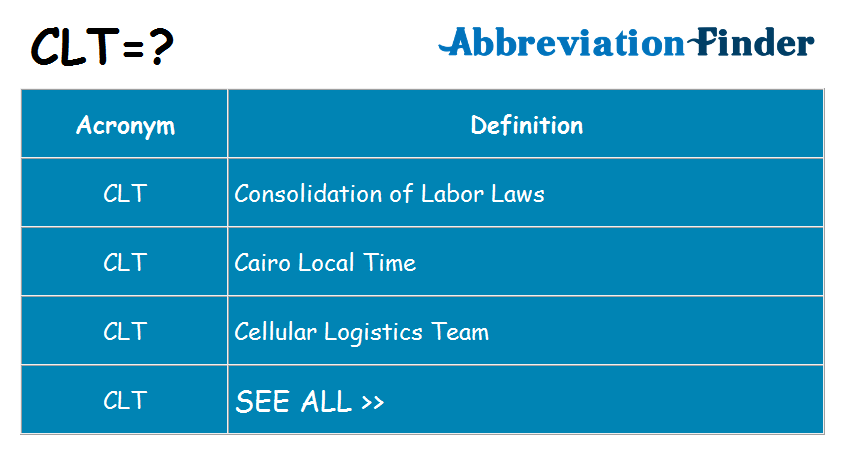
It seems that those interested in participating in the competition are already finalizing their presentations and reports, and other questions, including organizational ones, can be asked by phone 89022 444 000 (contact person: SNS NITI named after S.P. Kapitsa UlGU, Ph.D., Associate Professor Shchepochkin Vladislav Aleksandrovich).
This material was published on the BezFormata website on January 11, 2019,
below is the date when the material was published on the site of the original source! Ulyanovsk today Ulpravda.Ru Ulyanovsk today Ulyanovsk today Tatyana Borisovna is a leading specialist of the Institute of History and Culture of the Region.
Center for Strategic Studies Honored Teacher of the Russian Federation, Commander of the Order of Honor Vladimir Semyonovich Poletaev died today at the age of 87.
Ulpravda.Ru On November 26, a significant event took place - the Isheevskaya Children's Art School solemnly celebrated its anniversary on the stage of the Great Hall of the Central Committee for Children and Arts of the Ulyanovsk region.

Ulpravda.Ru In honor of the Day of the Unknown Soldier, today, December 3, on the square of the 30th anniversary of the Victory, flowers were laid at the Eternal Flame.
Ulyanovsk today The incident was reported to the rescue service today, December 3 at 07:35. A garage and a private house caught fire along 4th Five-Year Plan Street on the Upper Terrace.
Ulyanovsk today On December 2, special tactical exercises were held on the Sviyaga River to rescue people who fell through the ice.
UlyanovskCity.Ru The turning point was the pandemic, when attitudes towards volunteers changed around the world.
Ulpravda.Ru Medicines are provided not only to covid patients undergoing inpatient treatment, but also to Ulyanovsk residents who are fighting the virus at home.
Ulyanovsk today Regardless of where a person lives - in a large city or on the outskirts of a small village - services that are an integral part of modern, civilized life should be available to him.
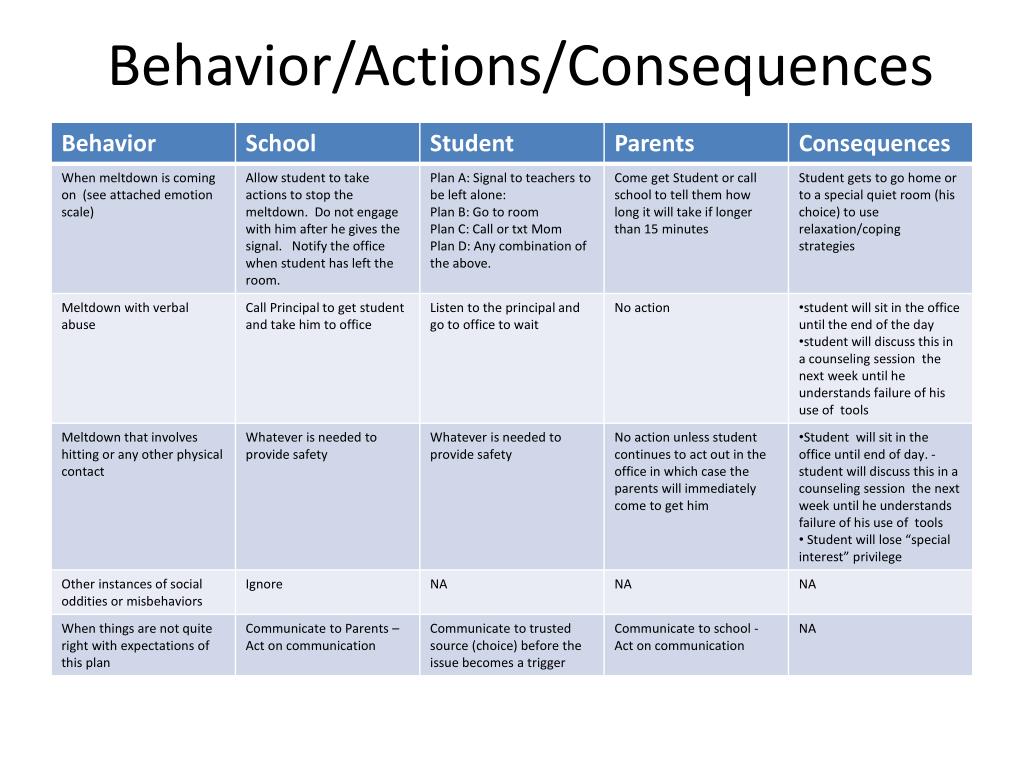
 p.Koltsovo
p.Koltsovo  Leisure and employment organizations
Leisure and employment organizations 


